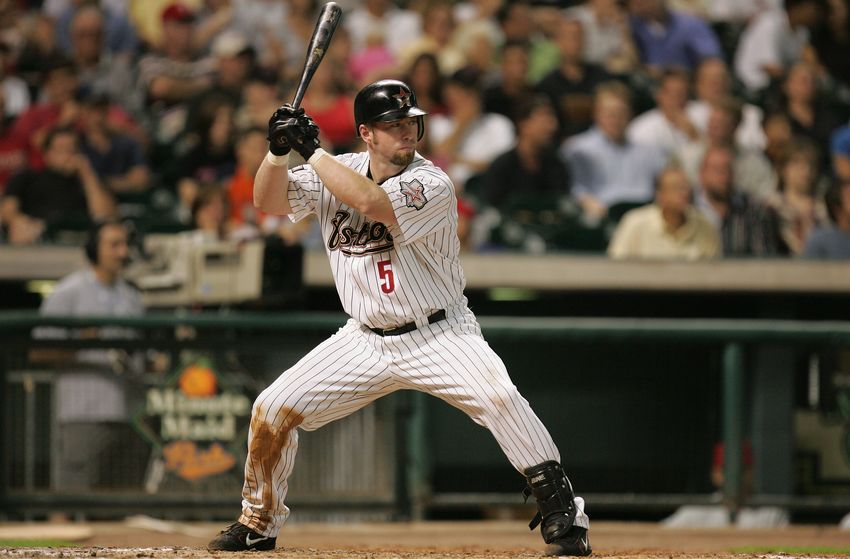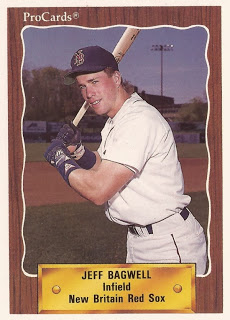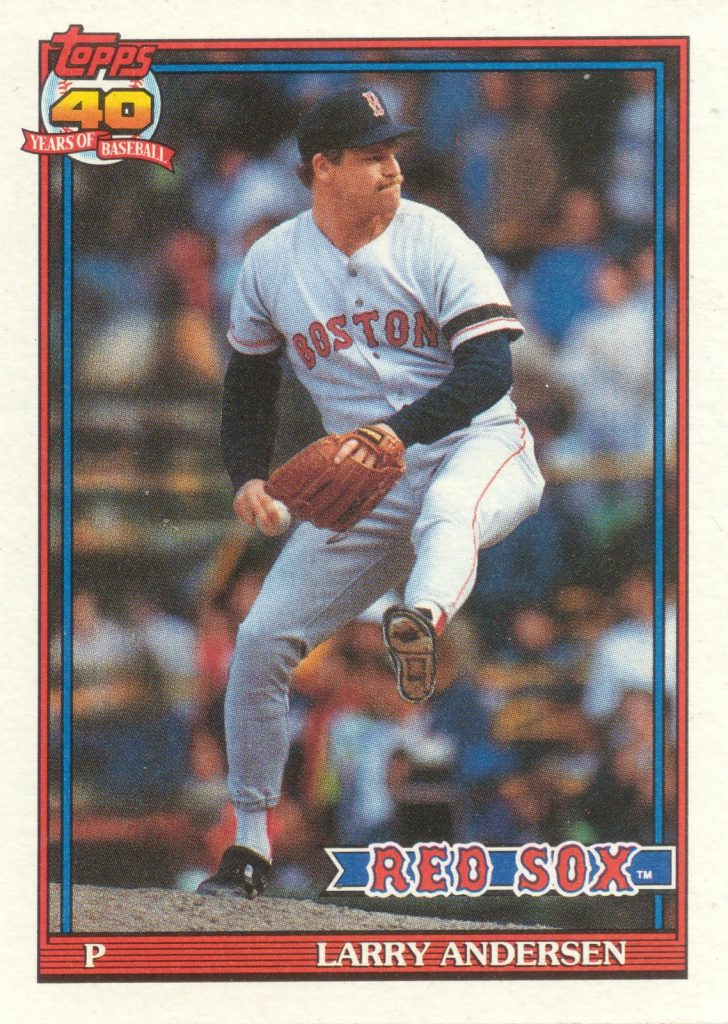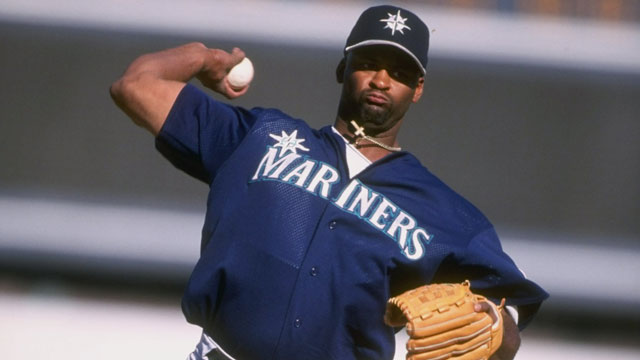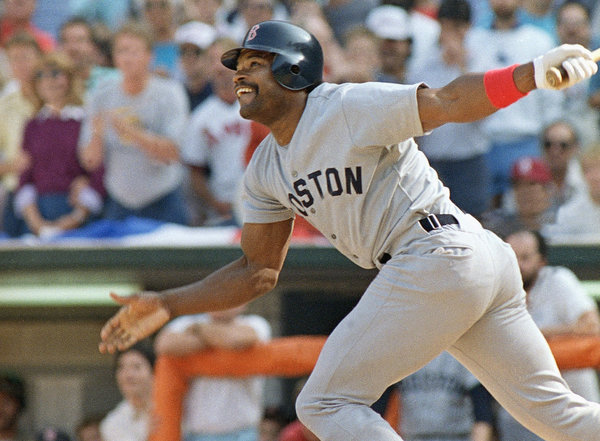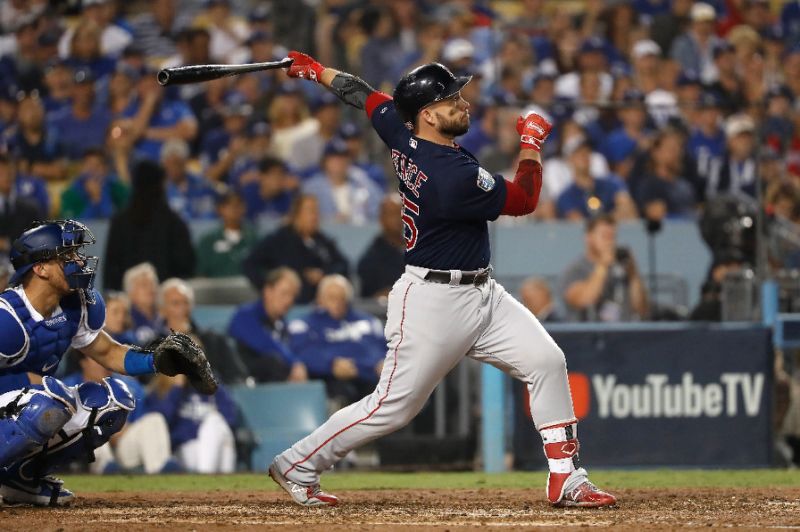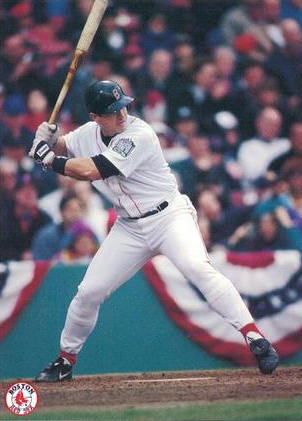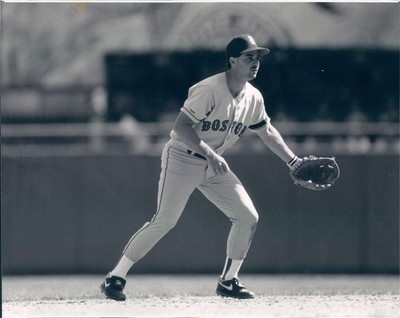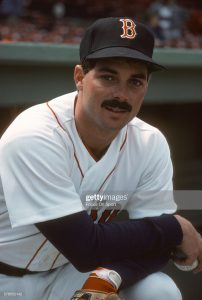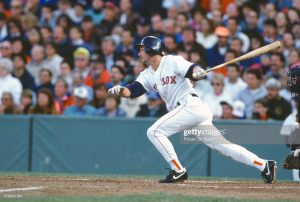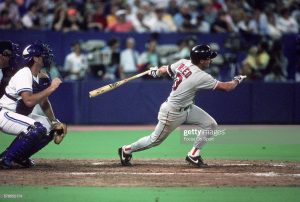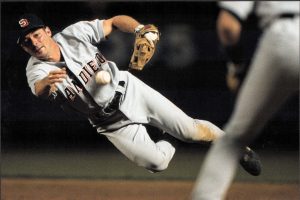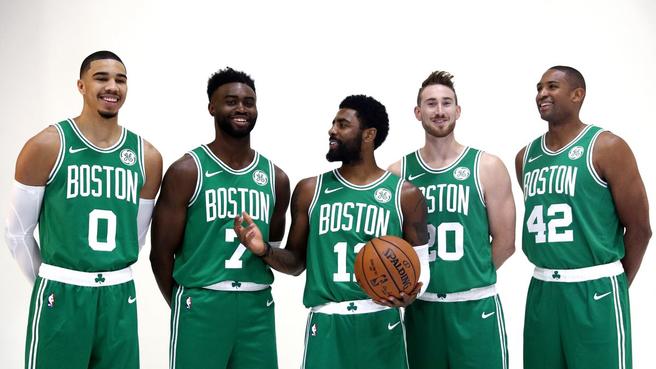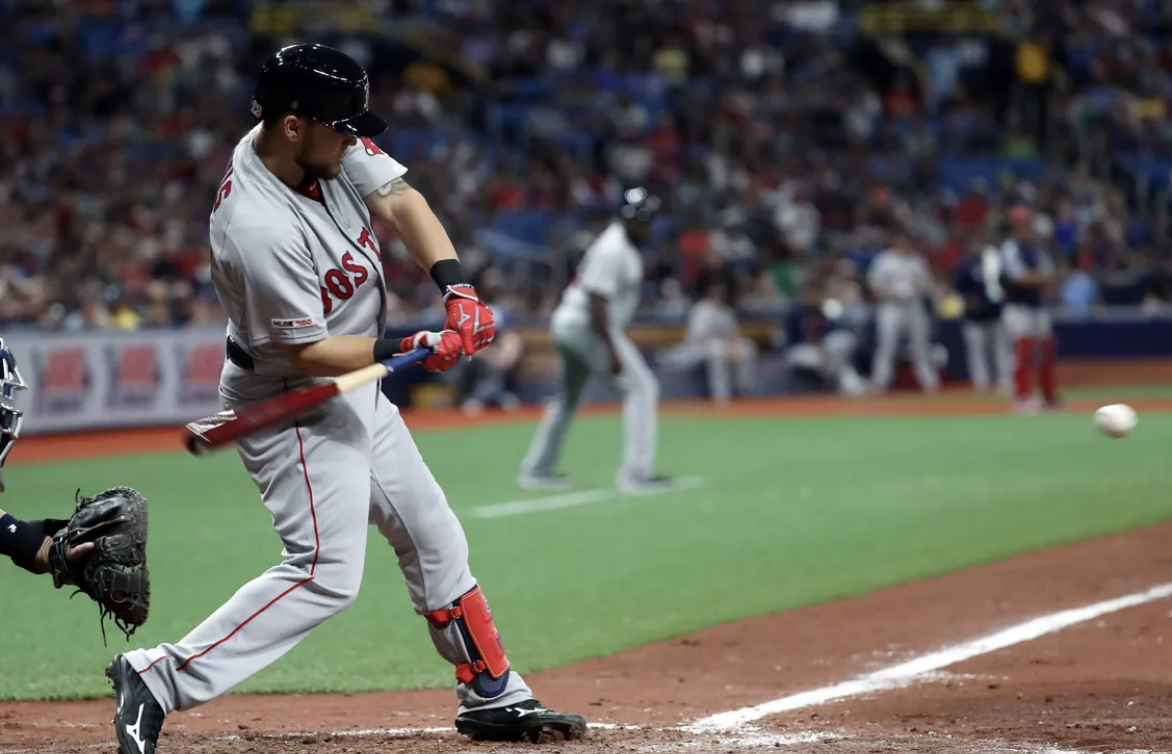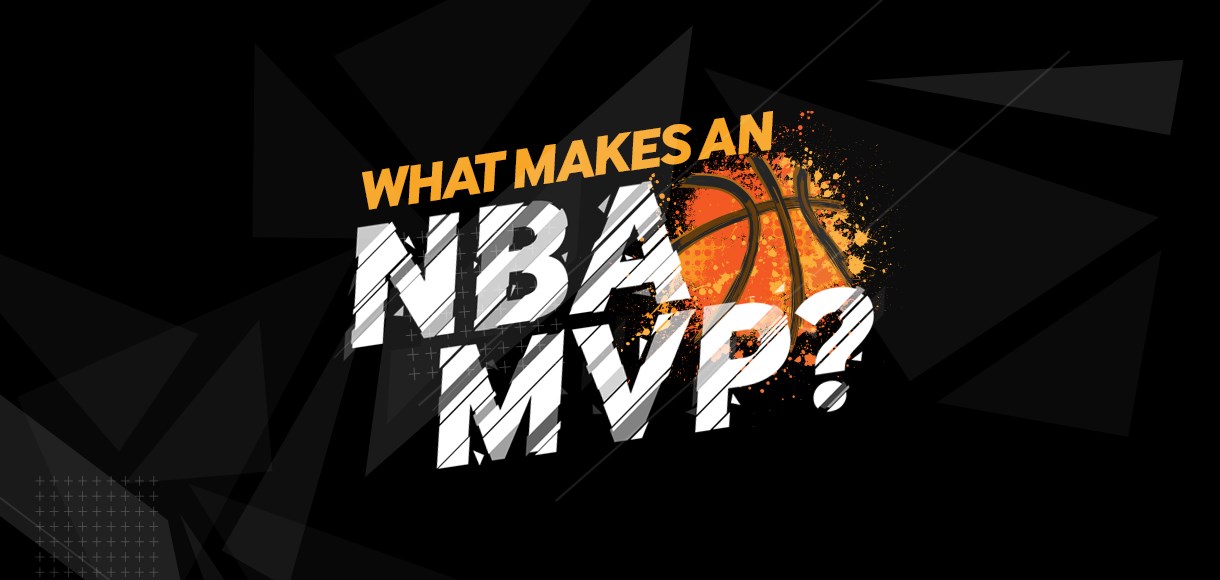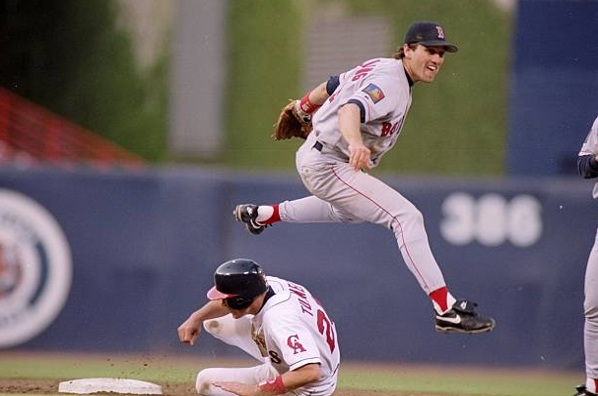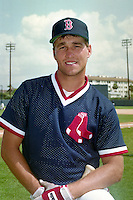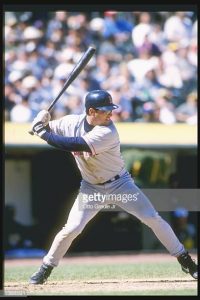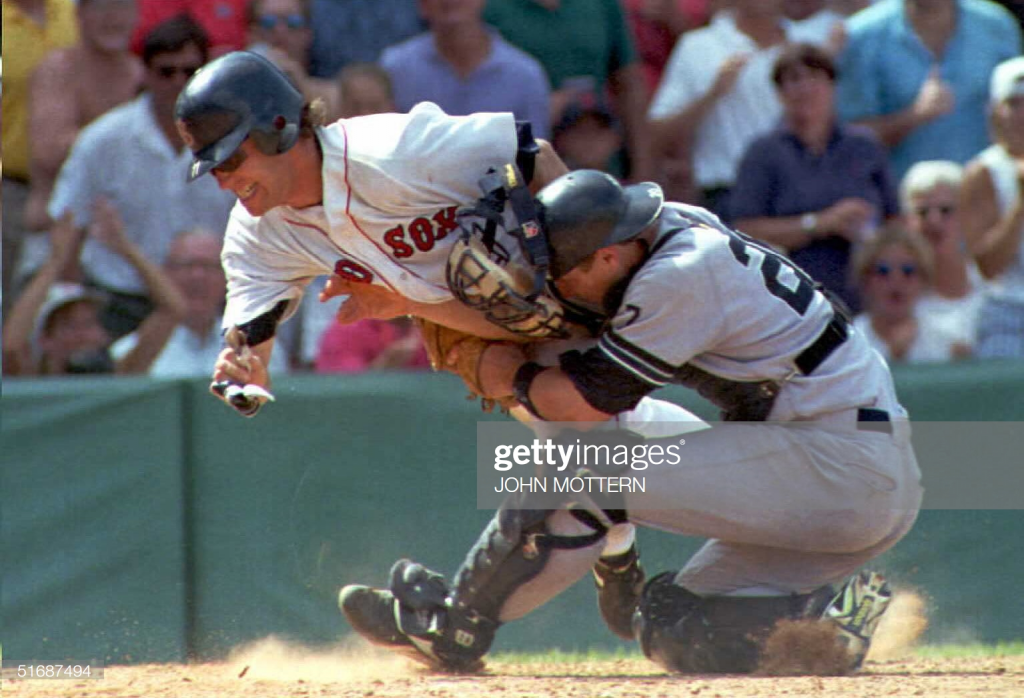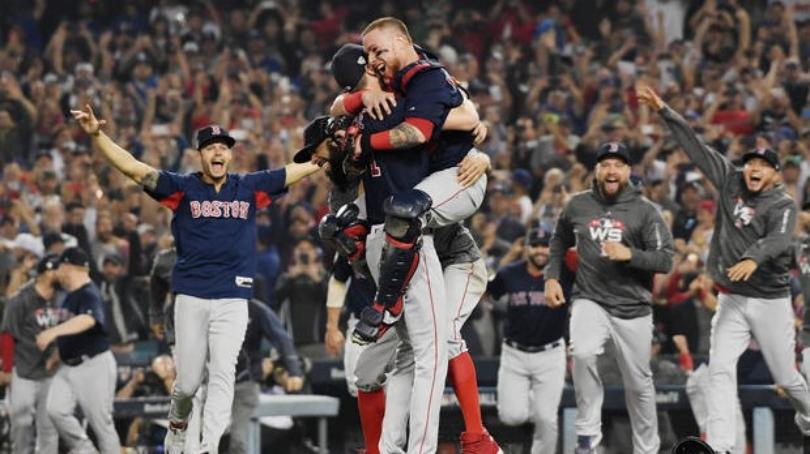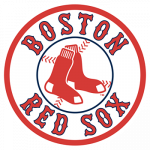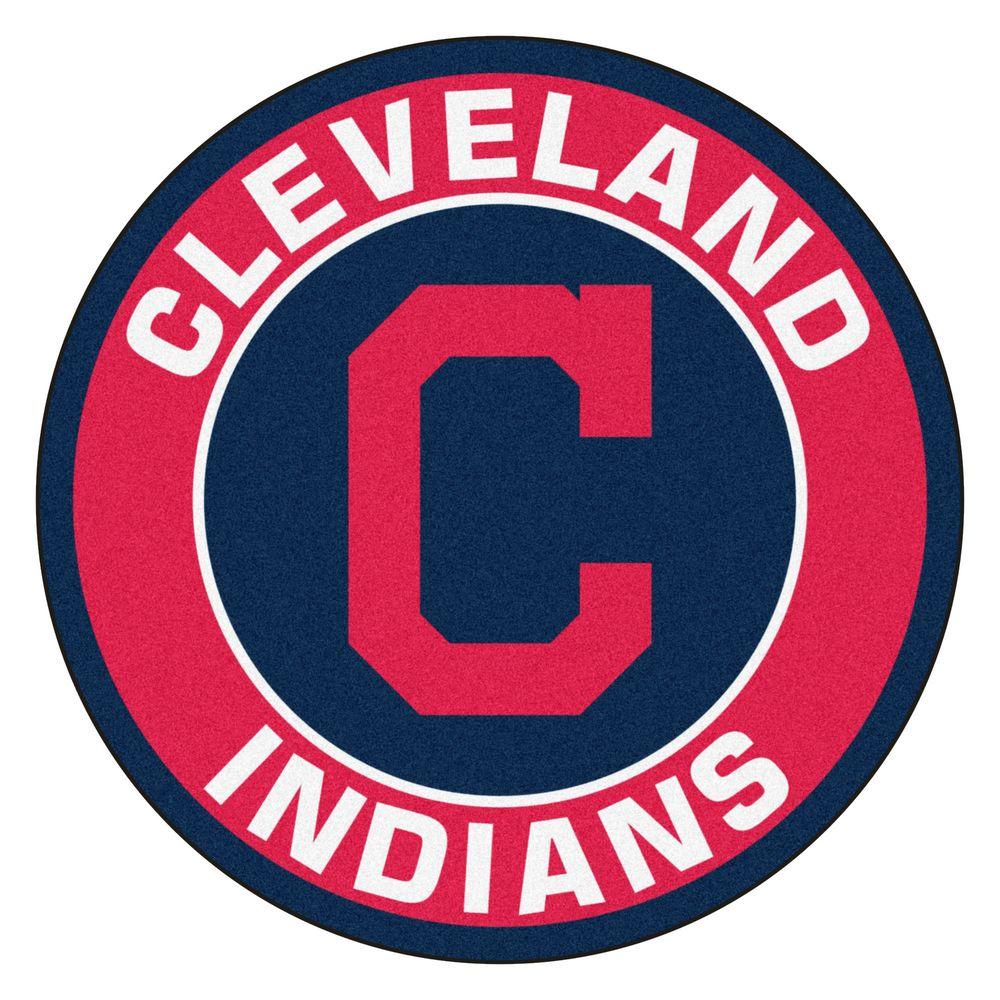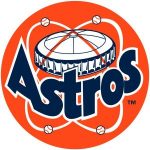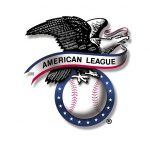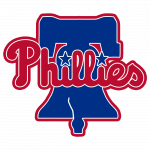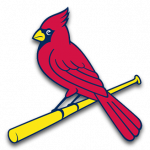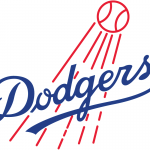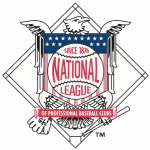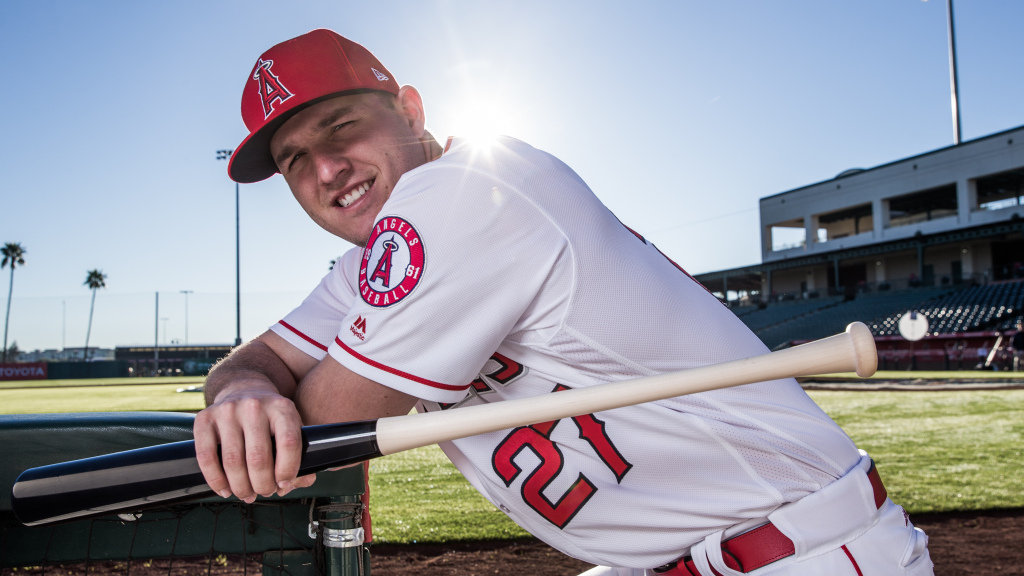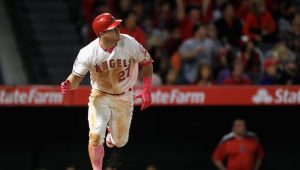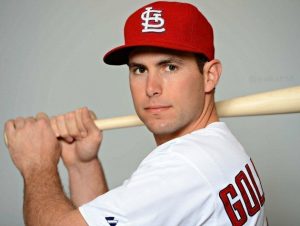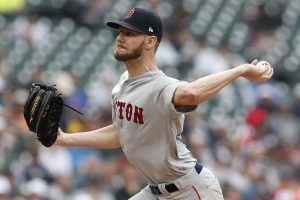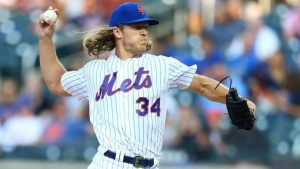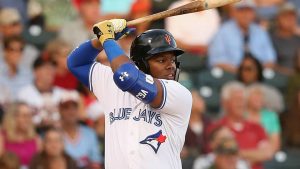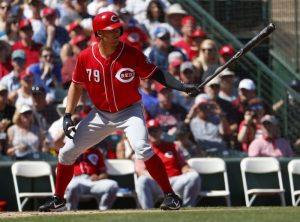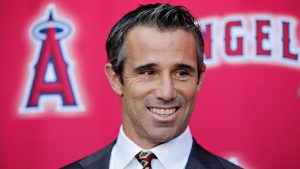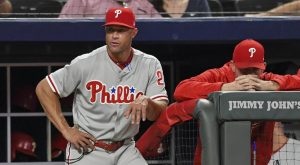Following up my article covering the best trade deadline deals in franchise history, this article goes over the worst ones the team has ever made. The top worst trade can probably be guessed, as it is an iconic trade, but what comes after that?
1. Jeff Bagwell for Larry Andersen
With the Red Sox in the playoff hunt, they wanted to shore up their bullpen. So, they acquired Larry Andersen from the Astros in August. Larry Andersen was a good reliever, going 5-2 with a 1.95 ERA for Houston before the trade. Andersen did his job in Boston, pitching to a 1.23 ERA over 22 innings pitched as the Red Sox won the division. In no way does he deserve the bad name recognition that came with this trade, he did his job exceptionally well.
The problem is, Jeff Bagwell became a Hall of Famer. August trades don’t usually yield that much value, yet alone a prospect like Bagwell who was ranked 32nd in baseball at the time. He was walking a bunch and hitting a lot of doubles in the cavernous field at Double-A New Britain. Bagwell had an .880 OPS as a 22 year old at the time of the trade.
Here’s the worst part; the Astros asked for several other players before getting to Bagwell. Pitching prospect Kevin Morton, who had a fantastic Major League debut, was one. He never did much after the debut. Scott Cooper was another third base prospect the Red Sox for some reason preferred to Bagwell; oops. At least Mo Vaughn became a fan favorite and an MVP winner. But Phil Plantier, Daryl rvine and Dave Owen are others the Astros were rumored to maybe have taken in return.
2. Freddy Sanchez for Jeff Suppan
This trade doesn’t get as much publicity as some of the other bad moves, but it’s arguably worse. The deal also had more moving pieces, but it was essentially Freddy Sanchez and cash for Jeff Suppan. A little over a week earlier, the Red Sox had traded Brandon Lyon and Anastacio Martinez to the Pirates for Mike Gonzalez and Scott Sauerbeck.
When a problem was found in Brandon Lyon’s physical, the two teams tried to work things out to make it right. Lyon and Martinez were traded back to the Red Sox along with Suppan for Sanchez, Mike Gonzalez and cash. They essentially just swapped everyone back, with cash replacing Scott Sauerbeck. If you included those pieces in with the trade, it would get even worse for the Red Sox, as Mike Gonzalez had a better career than anyone the Sox got.
As for the main pieces, Jeff Suppan was having his best season to date, pitching in the National League Central. However, reacquired by the Red Sox who he had started his career with, Suppan’s pitching reverted back to where it was during his first stint with the team as a youngster. He posted a 5.57 ERA, 1.43 WHIP and only 4.6 strike outs per nine innings over 10 starts and one relief appearance for the Red Sox. He wasn’t even used in the postseason.
Freddy Sanchez, who was the Red Sox top prospect at the time of the trade, went on to become a batting champion. He hit .291 as a rookie in 2005, then led the league in hitting in 2006 with his .344 average. He was an All-Star in 2006, 2007 and 2009. Meanwhile, the Red Sox kept shuffling through shortstops and second basemen for a few seasons after the trade, both positions Sanchez could have played.
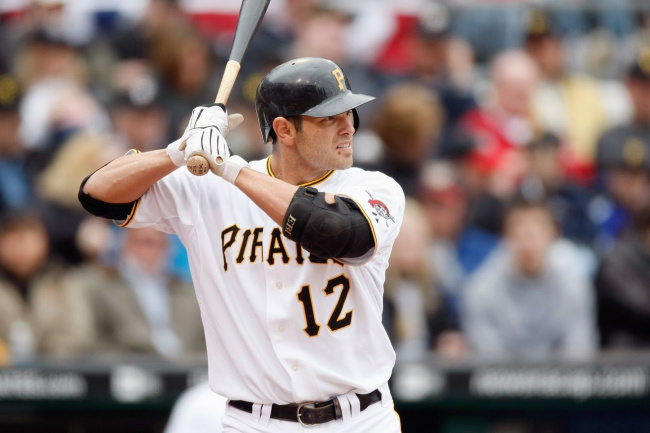
3. David Murphy, Kason Gabbard & Engel Beltre for Eric Gagne
This is mostly due to how bad Eric Gagne was for the Red Sox, as two of the players traded didn’t do a lot. It is kind of surprising they had to give up this much though, as David Murphy was a former first round draft pick and Kason Gabbard, although he didn’t possess great stuff, was 4-0 with a 3.73 ERA for the Red Sox that season. Including the season before, Gabbard had a 3.65 ERA over 11 starts and three relief appearances for the Red Sox. He didn’t pitch as well in Texas however, going 4-4 with a 5.14 ERA over 20 starts the next two seasons.
David Murphy turned into a solid outfielder in Texas. From 2008-2013, his average season was .283 with 14 home runs and a .795 OPS over 425 at-bats. He often didn’t play against lefties, leading to the average of just 425 at-bats. 2012 was his best season, as he batted .304 with 15 homers and an .859 OPS.
Eric Gagne was coming back from injury that season, having thrown just 15.1 innings over the previous two seasons. He was pitching well in Texas, going 2-0 with a 2.16 ERA and 16 saves. It all came unraveled in Boston, and it never came back. In 20 games the rest of the way, Gagne pitched to a 6.75 ERA and 1.88 WHIP over 18.2 innings. He gave up three more runs in 4.1 postseason innings. Generally, you could count on him to give up a run or two.
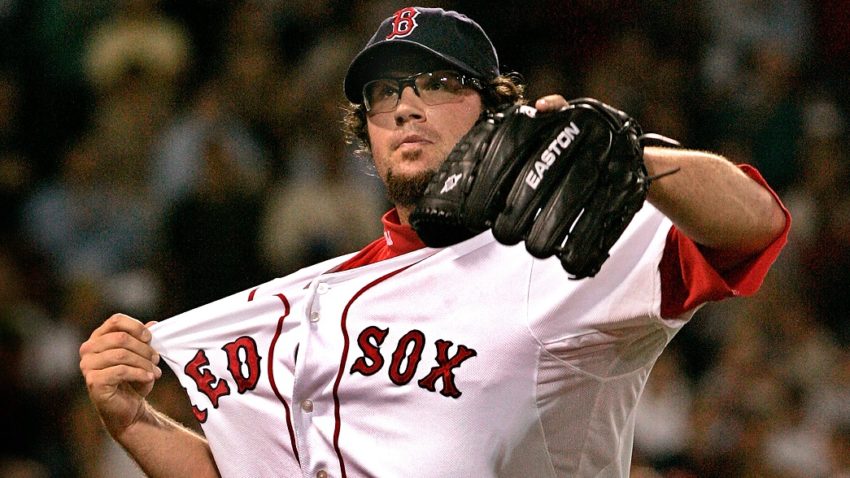
4. Ty Buttrey & Williams Jerez for Ian Kinsler
The 2018 Red Sox, historically great as they were, had a need for some relief help. It was odd they had a guy like Buttrey, throwing 100 and dominating in Triple-A, left down in the minors while others got turns to help the bullpen. It was more baffling still when he was traded, along with another minor leaguer, for an over-the-hill second baseman.
Buttrey was called up to the Angels pretty soon after the trade. Since getting the call, he has been used in late innings by the Angels as one of their top setup men, sometimes going more than an inning at a time. His blazing fastball has led to 10.7 strike outs per nine innings pitched. The Red Sox could certainly use a guy like him in their bullpen.
Williams Jerez should have been almost enough for an aging free agent. He had a 3.63 ERA and struck out 69 batters over 52 innings in Triple-A. He’s pitched three innings at the big league level so far this season. Jerez and one other guy of lesser talent should have done the trick for Kinsler, who was an unnecessary add anyways.
Ian Kinsler was 36 years old at the time of the trade. He had batted .236 in 2017, and was hitting .239 for the Angels in 2018. His bat speed was gone, which was painfully noticeable in the playoffs when he swung and missed at fastballs all postseason long. He hit .242 with a home run for Boston in the regular season, then batted .206 with 14 strike outs in 34 at-bats in the playoffs.
Yes, the Red Sox won the World Series, but they would have won it without Kinsler. He didn’t add anything. They would have cruised to victory with the guys they had been going with, or with Brandon Phillips, who they had signed midseason. In fact, they might have swept the World Series with a different second baseman. His error in the 13th inning of game 3 directly led to a blown lead in an eventual loss. This is one of their worst deadline trades.
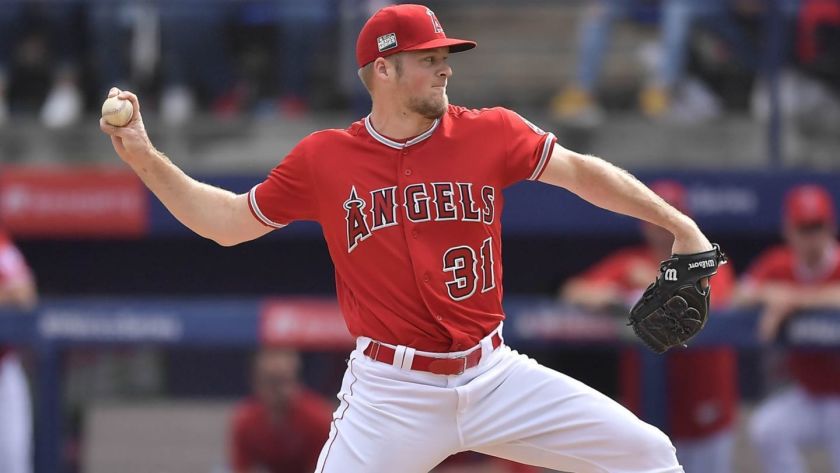
5. Curt Schilling & Brady Anderson for Mike Boddicker
This trade is much higher on most people’s lists, but I think it is judged unfairly. It is one-hundred percent, long-term hindsight that makes this a bad trade.
The Red Sox traded for Mike Boddicker in 1988 on their way to a playoff appearance. He went 7-3 with a 2.63 ERA for them the rest of the way. Boddicker would spend two more years as the Red Sox number two starter behind Roger Clemens. After winning 15 games in 1989, Boddicker went 17-8 with a 3.36 ERA over 228 innings pitched in 1990 while winning the Gold Glove. He was a good pitcher for Boston. His totals in Boston were a 39-22 record with a 3.49 ERA.
But, they gave up Curt Schilling, who should be in the Hall of Fame and is one of the all-time greatest postseason performers in the history of the sport. They also gave up Brady Anderson, who was a good prospect putting up some high on-base percentages in the minor leagues. Steep price to pay, but for a top starter that’s generally the price.
Here’s the other kicker for me, the part that makes this unfairly judged. This trade took place in 1988, neither Schilling nor Anderson broke out until 1992, four years later. Boddicker was already gone from the Red Sox. At the end of his tenure in Boston, this trade would have been considered a big win.
From 1988-91, Anderson batted .219 with 10 home runs in the big leagues. He broke out with 21 home runs and 53 stolen bases in 1992 and went on to a fine career that saw him hit 209 home runs and steal 307 bases for the Orioles. But by 1992 when he broke out, who’s to say the Sox wouldn’t have traded him in another deal by then?
As for Schilling, he was traded again, twice! After showing nothing for two years, Schilling had some success in 1990 out of the bullpen. He was then traded to the Astros before 1991, where he was mediocre in relief. He was then traded again, straight up for Jason Grimsley of all people. It’s then, with the Phillies, where he broke out in 1992. That season he had a 2.35 ERA and led the National League in WHIP.
At the end of the day, this is on the list, but in the last spot, because of the players Schilling and Anderson eventually became. This trade catches way too much flak though.
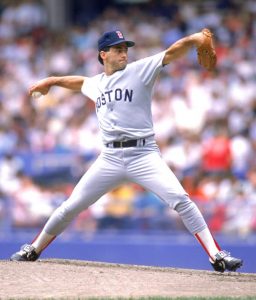
Feature image from HouseofHouston.com
